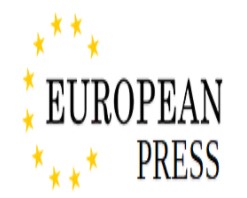A sharp increase in creditors’ voluntary liquidations (CVLs) has raised alarms about potential abuse of the process, allowing companies to shed debts with minimal scrutiny.
CVLs, where a company’s shareholders agree to wind up the business due to insolvency, have reached record levels, making them the most common form of corporate insolvency in the UK.
Data obtained through a freedom of information request revealed that the ratio of CVLs to compulsory liquidations, a court-ordered process, has surged dramatically. While the ratio stood at roughly 2:1 before 2012, it reached 25:1 by 2021. Last year, one in every 272 UK businesses entered voluntary liquidation, prompting calls for tougher regulations.
Stephen Hunt, a partner at insolvency firm Griffins, attributed the rise partly to reduced costs driven by technology but warned of misuse. “CVLs are often sold by unqualified salespeople to unsophisticated clients seeking cheap liquidation,” he said. Hunt also highlighted that the higher cost of compulsory liquidation, which is managed by the Official Receiver, has contributed to the increase in CVLs, as the latter is seen as a more affordable option.
Fixed fees introduced in 2016 have made many insolvencies financially unviable for practitioners to investigate, raising concerns that significant tax and creditor debts are being written off without proper examination. Hunt urged the government to reintroduce percentage-based fees to ensure better scrutiny of liquidation cases.
Support authors and subscribe to content
This is premium stuff. Subscribe to read the entire article.









